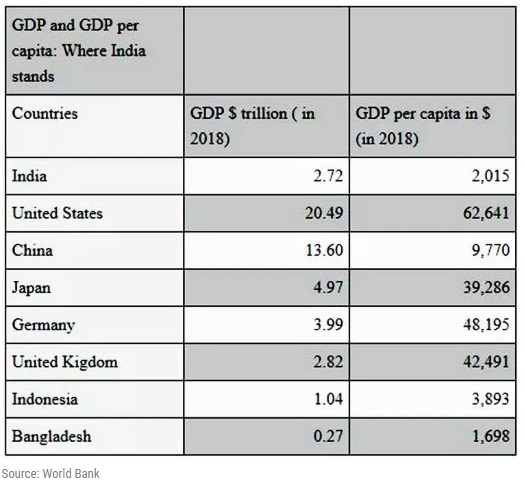7667766266
enquiry@shankarias.in
Jaipur gets UNESCO World Heritage tag
World Heritage Site
$5 trillion economy

Antifa
Mahesh’s Rath Yatra
Source: The Indian Express, PIB